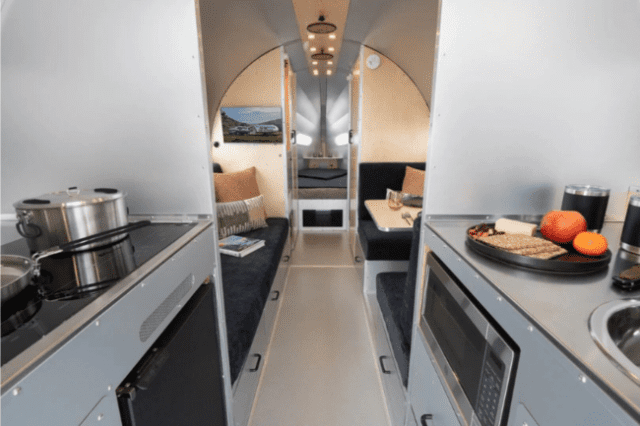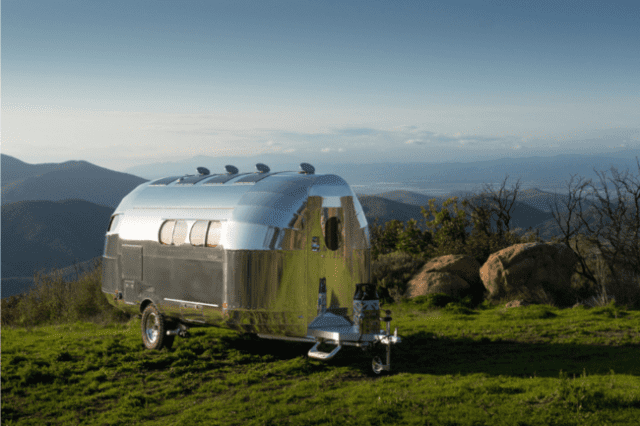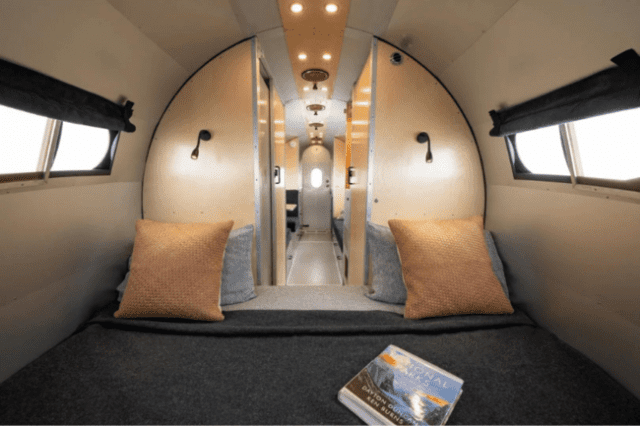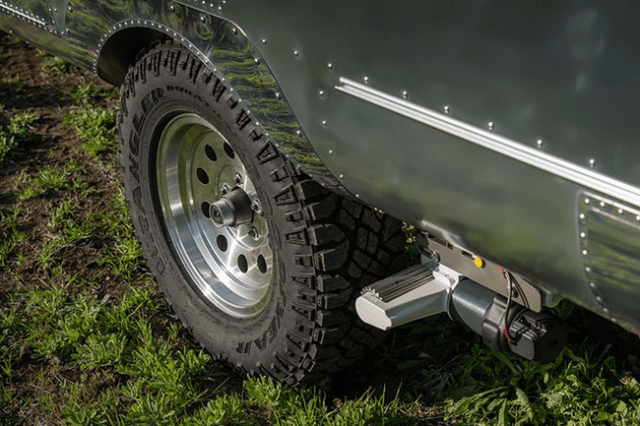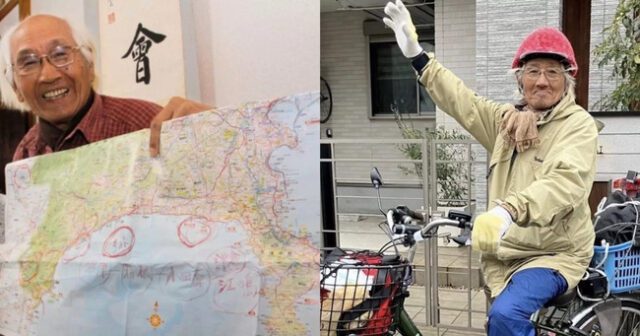
At 89 years old, Mitsuo Tanigami embarked on an awe-inspiring journey, pedaling over 370 miles from Kobe to Tokyo to visit his children, Naoya and Sayuri. Armed with determination and his trusty electric-assist bicycle, Tanigami set off on a nine-day adventure that traversed Japan’s scenic landscapes. Throughout his voyage, Tanigami embraced the spirit of exploration, relying on paper maps and the kindness of locals to navigate through unfamiliar territories. Despite facing challenges like inclement weather and rough terrain, Tanigami’s resilience shone through as he persevered, undeterred by setbacks along the way.

Tanigami’s journey culminated in heartwarming reunions with his children, first with Sayuri in Fuso and then with Naoya in Tokyo. His remarkable feat not only showcased the enduring bond between a parent and their offspring but also exemplified the indomitable spirit of adventure at any age. Reflecting on his odyssey, Tanigami expressed gratitude for the experience, noting that while it was arduous, the joy of making his son happy made it all worthwhile. As he plans his return trip to Kobe, Tanigami’s story serves as a poignant reminder of the power of love, resilience, and the timeless pursuit of family connections.

At the Birmingham Botanical Gardens (BBG), a botanical marvel has unfolded as the elusive ‘Sapphire Tower,’ a bromeliad known scientifically as Puya alpestris, has burst into azure blooms after more than a decade of anticipation. Hailing from the Chilean Andes, where it thrives in the rarefied air above 6,000 feet, this distant cousin of the pineapple has captivated botanists and visitors alike. Transported to the Arid Glasshouse nearly two decades ago, the plant has chosen this moment to unveil its resplendent blossoms, resembling a tower adorned with sapphire jewels against the verdant backdrop. While not listed as endangered, the flowering of this specimen presents a unique opportunity for botanical conservationists to intervene through delicate hand pollination, ensuring the continuation of its genetic legacy. Continue reading “Hand Pollination of ‘Sapphire Tower’ Helps Rare Plant Survive–Only Blooming Every 20 Years” »
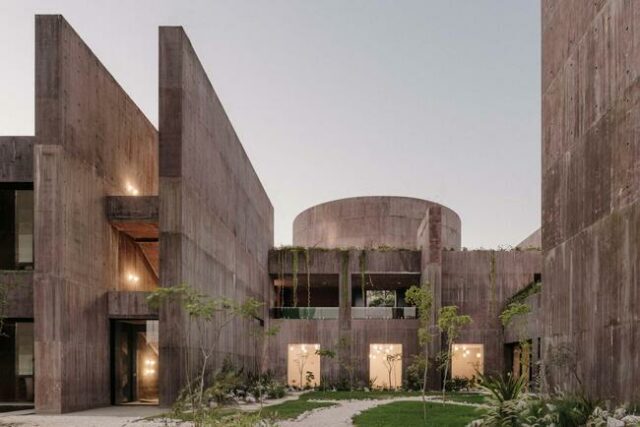
Tatiana Bilbao ESTUDIO’s design for the aquarium in Mazatlán, Mexico, embodies a bold departure from conventional architectural norms, embracing the concept of a “flooded ruin” to create a structure that commands attention and sparks intrigue. Situated at the nexus of the Sea of Cortez and the Pacific Ocean, Mazatlán has undergone a renaissance, reclaiming its former glory as a cultural and tourist destination. At the heart of this revival stands the city’s new aquarium, a monumental edifice crafted entirely from rose-tinted concrete, reminiscent of a stranded set from the Dune universe. Despite initial skepticism, the building’s imposing presence has proven to be a fitting backdrop for the vibrant marine life within, serving as a testament to the rich biodiversity of the Sea of Cortez.
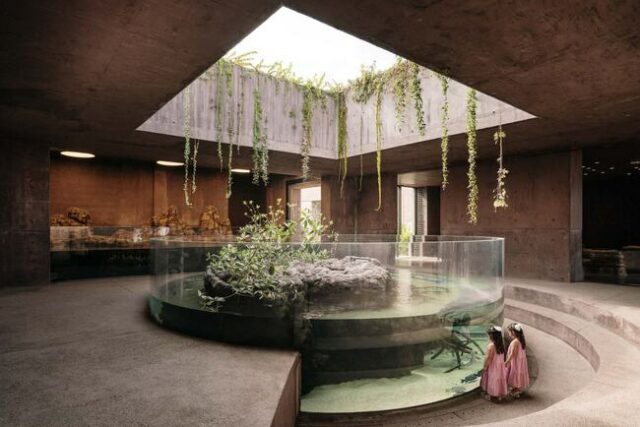
The aquarium’s design narrative, inspired by the notion of a submerged structure resurfacing with aquatic inhabitants, unfolds seamlessly throughout the visitor experience. From the ceremonial staircase leading to the roof to the exhibition rooms that transition effortlessly from indoor to outdoor spaces, every element contributes to an immersive journey into a pseudoarchaeological realm. Bilbao’s commitment to bridging the gap between architecture and environment is evident in the building’s robust materiality, designed to withstand the region’s harsh climate while fostering a harmonious relationship with its surroundings. Despite its unconventional form and material choices, the aquarium serves as a beacon of conservation, blending entertainment with education to promote the preservation of marine life for generations to come. As visitors marvel at the spectacle within its walls, the Gran Acuario de Mazatlán stands as a testament to Bilbao’s visionary approach to architecture and its potential to shape our perception of the world around us.
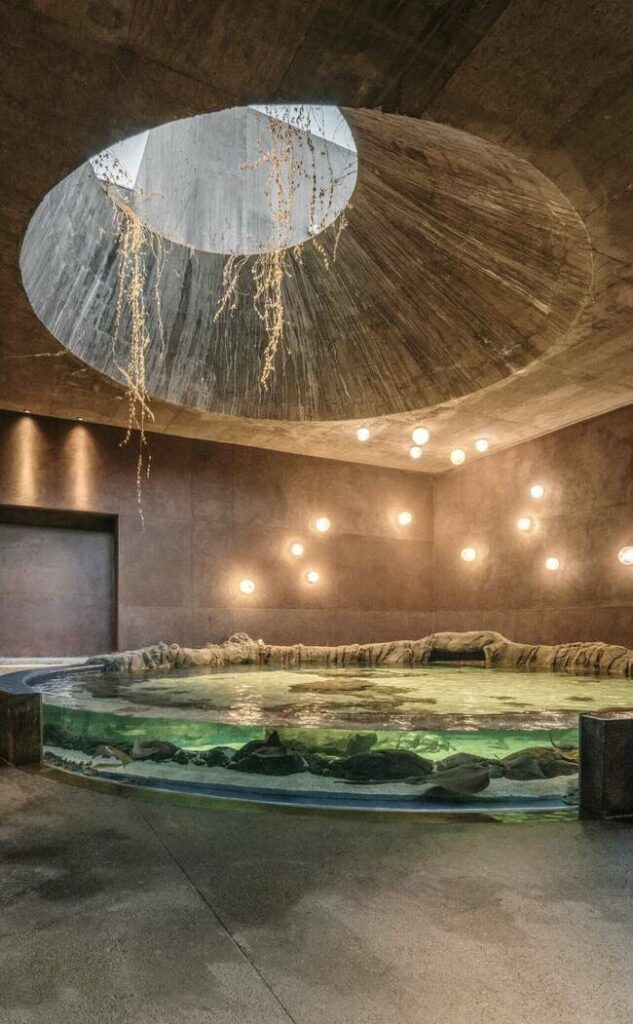
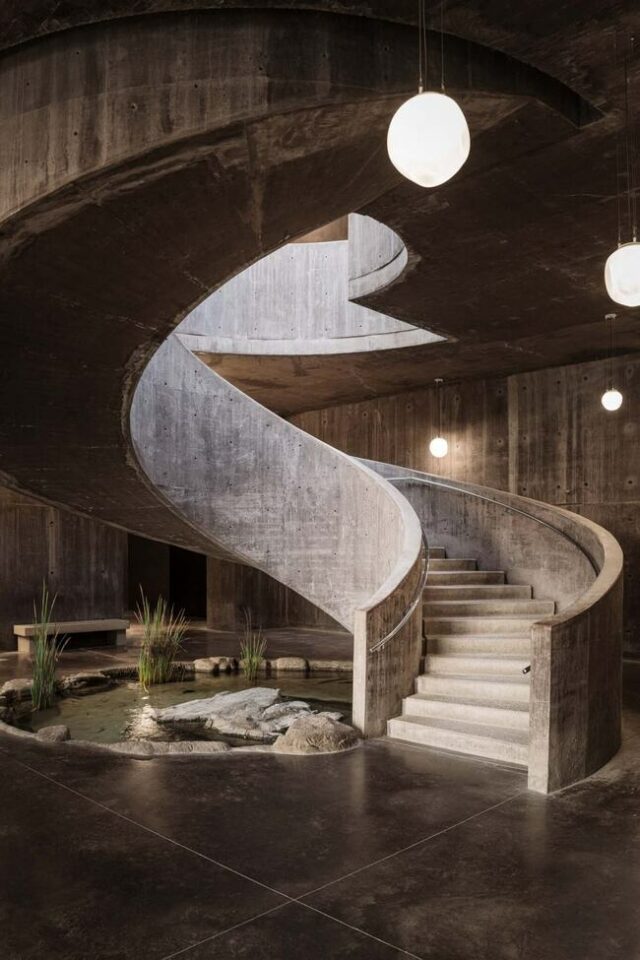
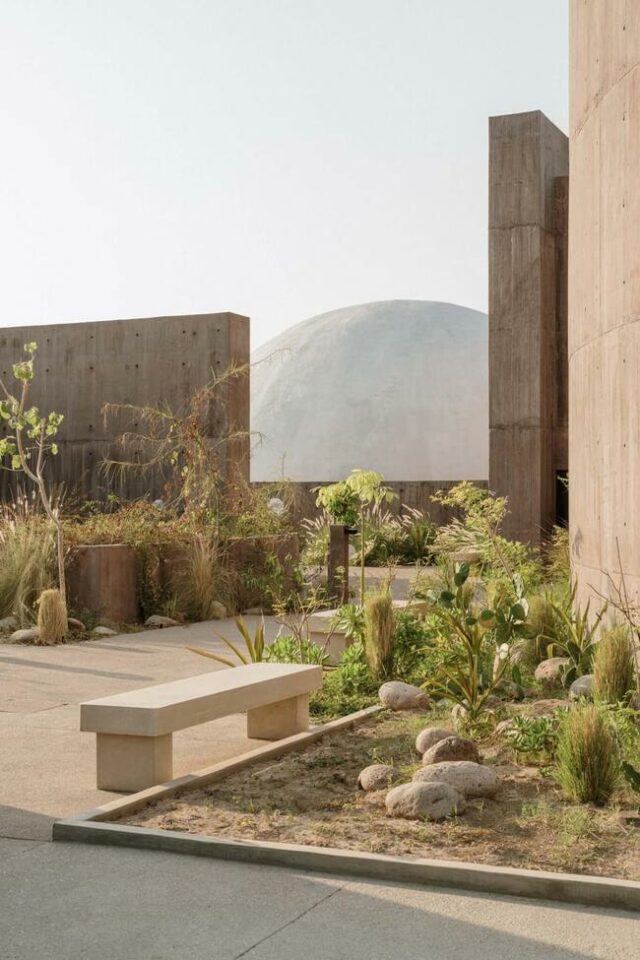
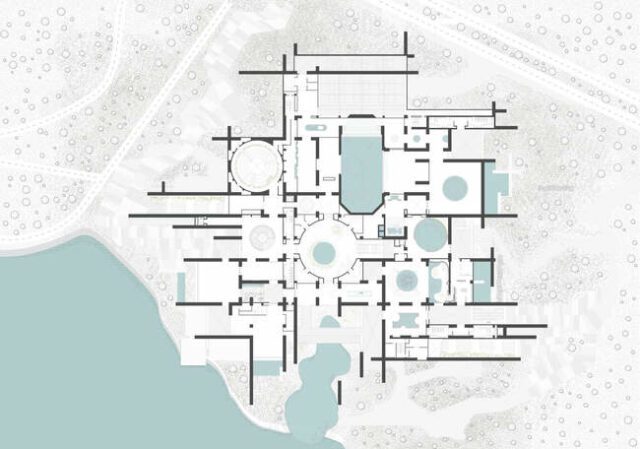

After enduring a hiatus of five years, the return of “glamping” to Yosemite National Park heralds a new era of luxurious camping amidst the backdrop of untamed wilderness. Emerging from closures induced by pandemics and snowpack challenges, these revamped campsites promise visitors a blend of comfort and adventure. With amenities like showers, gourmet meals, and vistas of the park’s rugged backcountry, the allure of the High Sierra Camps beckons anew. Yet, as eager campers vie for a chance to experience the rejuvenated campsites through a lottery system, questions linger about the continued closure of Vogelsang and Merced Lake sites, shrouded in mystery despite repeated attempts to seek clarification from park authorities and Aramark, the park’s concessioner.
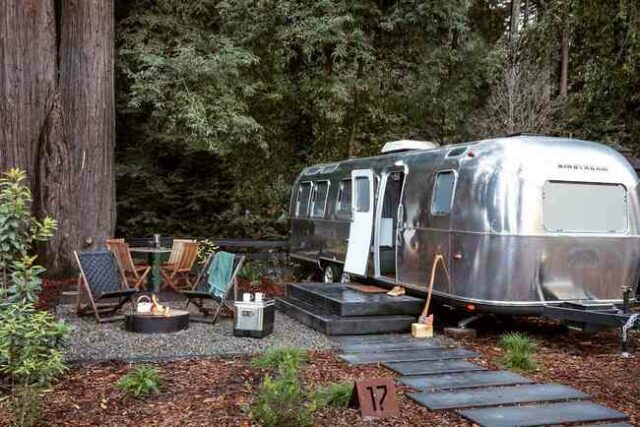
Despite the controversies surrounding development in pristine landscapes, Jane Simpson, chair of the leadership training program at the Angeles Chapter of the Sierra Club, lauds the reopening of these campsites. Drawing from her own transformative experience in 2015, Simpson extols the unique blend of environmental consciousness and creature comforts offered by the High Sierra Camps. For many, the allure lies in the opportunity to shed the burdens of traditional camping gear while reveling in the splendor of nature. As Aramark and the National Park Service reaffirm their commitment to environmental stewardship, scholars like Jeff Jenkins emphasize the delicate balance between accessibility and preservation in managing national parks.

The recovery of the long-lost codices of San Andrés Tetepilco marks a significant milestone in the preservation of Mexico’s rich cultural heritage. These invaluable manuscripts provide a unique window into the transition from the Aztec empire to the Viceroyalty of New Spain, offering a blend of indigenous pictographic representations and European alphabetic texts. The meticulous examination conducted by Mexico’s National Institute of Anthropology and History revealed the intricate materials and techniques used in their creation, shedding light on the craftsmanship of Mesoamerican civilizations. The codices not only narrate the history of San Andrés Tetepilco but also offer a formal account of Tenochtitlan’s history, spanning from its foundation in the 14th century to the colonial period.

The journey to reclaim these treasures involved years of dedicated research and negotiation, culminating in the Mexican government’s acquisition from a family in Mexico City. This acquisition not only safeguards the codices for future generations but also underscores the importance of international cooperation in preserving cultural artifacts. As the codices undergo conservation processes, they will join the esteemed collection at the National Library of Anthropology and History, contributing to UNESCO’s Memory of the World Register. This preservation effort not only honors Mexico’s past but also enriches our understanding of the intricate tapestry of civilizations that have shaped the region’s history.

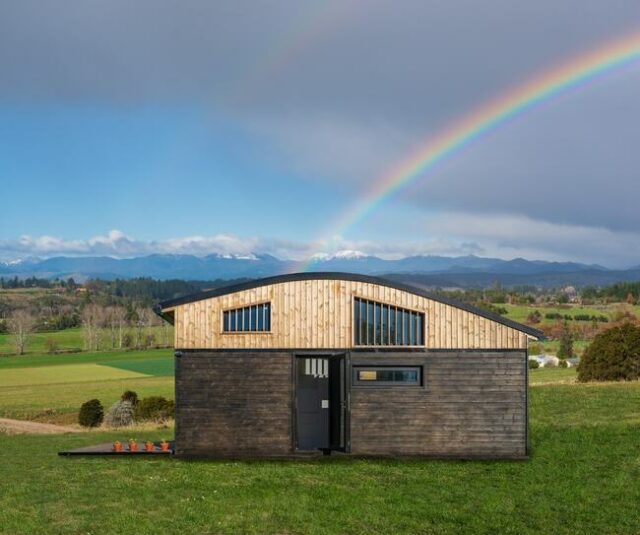
The Dome Tiny Home embodies the essence of minimalism on wheels, challenging the common trend of cramming excess features into tiny spaces. With affordability as its cornerstone, The Dome stands out as a beacon of simplicity and intentional living. As the tiny house movement continues to evolve, The Dome reverts to the fundamental principles of downsizing, offering a refreshing departure from the cluttered designs that have proliferated in recent years.
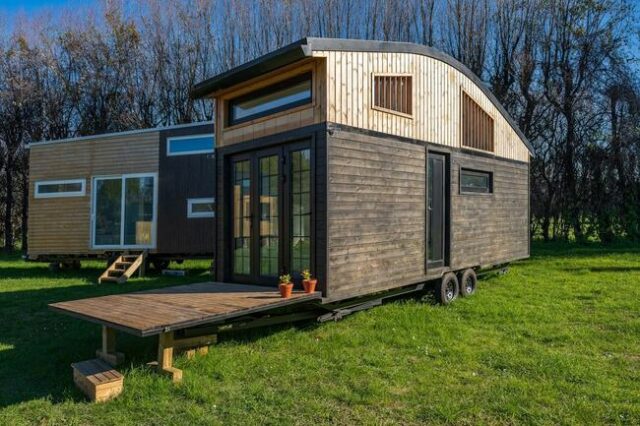
Crafted by Arohanui Tiny Homes, The Dome redefines compact living with its sleek design and emphasis on mobility. Its domed roof not only lends aesthetic appeal but also enhances aerodynamics, facilitating effortless travel for those seeking to roam freely. Measuring a modest 22.9 feet in length and 7.8 feet in width, The Dome maximizes space efficiency without compromising functionality. Its off-grid capabilities, including a composting toilet and solar rigging, underscore its commitment to sustainability, while the fold-down terrace adds both versatility and safety. Priced competitively at NZD94,000, The Dome represents a compelling option for individuals embracing the minimalist lifestyle.
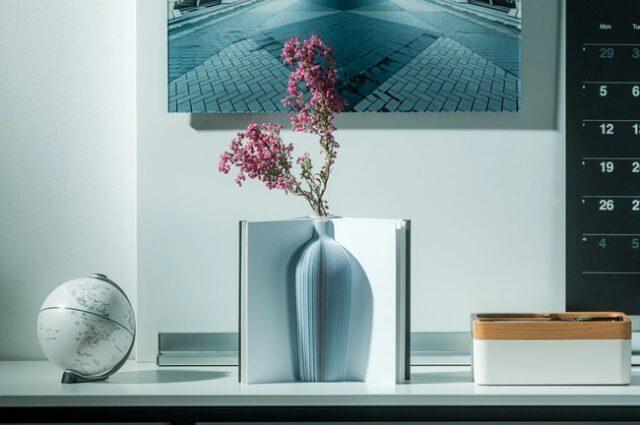
The allure of flowers transcends mere decoration; they evoke a sense of wonder and enchantment, embodying the very essence of beauty and magic. Drawing inspiration from this natural splendor, the innovative Pop-up Book Vase brings a touch of whimsy to home decor, seamlessly blending the realms of fantasy and reality. With each turn of its pages, the book transforms into a mesmerizing 3D vase, seemingly conjuring flowers from its very core. It’s a testament to the power of imagination, turning ordinary moments into extraordinary experiences as it casts a spell of awe and admiration upon all who behold it.

Traditionally, vases are crafted from rigid materials like glass or ceramic, yet the Flowery Tale vase defies convention by emerging from the pages of a book, a delightful twist reminiscent of childhood fairy tales. Its ingenious design offers a selection of graceful silhouettes, each ready to cradle nature’s bounty in a display of elegance and charm. Whether adorning a tabletop or gracing a mantlepiece, this versatile creation promises to elevate any floral arrangement, offering a canvas for creativity and self-expression. With its water-resistant pages and adaptable construction, the Pop-up Book Vase invites you to embrace the magic of storytelling, turning everyday moments into enchanting chapters of your fairy tale. This stunning 3D vase can be purchased online for $39.

Regular exercise has long been touted as a cornerstone of cardiovascular health, but a recent study underscores just how impactful it can be, particularly for individuals grappling with stress-related conditions like depression. Published in the Journal of the American College of Cardiology, the research delved into the intricate relationship between physical activity, psychological well-being, and heart health. Analyzing data from over 50,000 participants, the study found that meeting the recommended 150 minutes of exercise per week resulted in a remarkable 23 percent decrease in the risk of developing cardiovascular disease compared to those who fell short of these guidelines. Moreover, the benefits were amplified for individuals with depression, with the protective effects of exercise doubling in this subgroup.

Central to these findings is the link between exercise and stress reduction, elucidated through brain imaging tests conducted on a subset of participants. The study revealed that physical activity not only lowered stress-related brain activity but also improved the function of the prefrontal cortex, a region crucial for cognitive processes like decision-making and impulse control. Dr. Ahmed Tawakol, the senior author of the study, emphasizes the potential of these findings for clinicians, highlighting the role of exercise as a potent tool in mitigating stress and depression, thus safeguarding against cardiovascular disease. By integrating these insights into clinical practice, healthcare professionals can empower patients to embrace physical activity as a proactive measure for both mental and cardiovascular well-being.
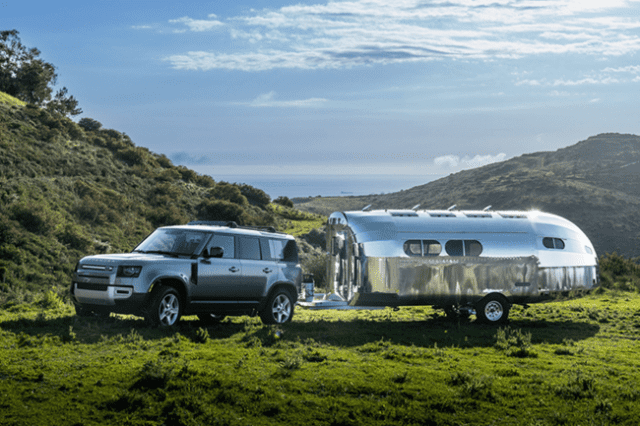
The Bowlus Rivet emerges as a beacon of sustainable luxury in the realm of modern camping. With cities bustling and nature seeming distant, the craving for reconnecting with the outdoors intensifies, albeit with a touch of contemporary comfort. This desire meets its match in the Bowlus Rivet, seamlessly blending a retro aesthetic reminiscent of the iconic Road Chief from the 1930s with cutting-edge green technology. Reviving the Bowlus legacy, entrepreneur Geneva Long infuses this camper with forward-thinking design, offering a sophisticated and sustainable alternative to traditional RVs. Its lightweight aluminum monocoque design, inspired by aerospace engineering, not only pays homage to its historical roots but also enables compatibility with a broader range of vehicles, including electric ones, thanks to its mere 2,800-pound weight.
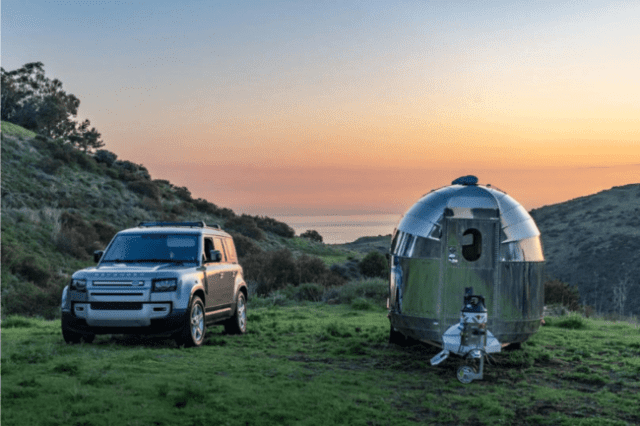
Moreover, the Bowlus Rivet champions off-grid living with its AeroSolar™ panels, harnessing solar power to sustainably charge its battery, offering campers the freedom to roam without the tether of traditional energy sources. Whether it’s charging an electric vehicle or powering modern amenities like WiFi and climate control, the Rivet ensures a seamless fusion of luxury and sustainability. Its innovative AeroMove™ technology further enhances the camping experience, simplifying navigation through rugged terrain and offering access to remote campsites. Inside, the Rivet boasts a spacious and stylish interior, featuring a king-sized bed and convertible seating areas, ensuring comfort and flexibility for the entire family. With its blend of timeless design, eco-conscious features, and modern conveniences, the Bowlus Rivet sets a new standard for greener glamping, inviting adventurers to embark on sustainable journeys in unparalleled comfort and style.
